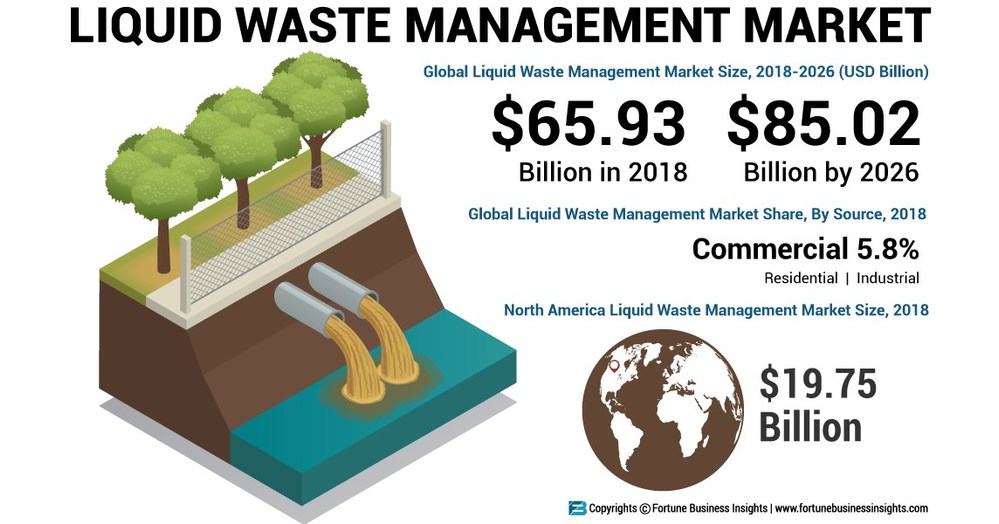An Unbiased View of Reclaim Waste
Table of ContentsThe 5-Second Trick For Reclaim WasteSome Known Details About Reclaim Waste Little Known Questions About Reclaim Waste.The 5-Second Trick For Reclaim WasteThe Greatest Guide To Reclaim Waste
Domestic sewer waste refers to the waste and products from a residential septic tank. The correct administration and disposal of domestic sewer waste call for liquid waste to be moved to a sewer treatment plant where the correct approaches and equipment are used to purify and dispose of waste.
Industrial waste frequently consists of potential threats, such as flammable materials or a combination of liquid and solid waste products, and calls for a more sophisticated and detailed disposal process. The disposal of industrial waste typically includes the filtration of waste before transportation to make certain safe and appropriate disposal. Hazardous waste is created from by-products and overflow of industrial processes and production.
This type of waste can not make use of the same sewage administration transport or procedures as septic or commercial liquids. The hazardous waste monitoring procedure requires the examination and testing of fluid waste before it undergoes the disposal process (industrial wastewater treatment). Runoff waste is the liquid waste that comes from overflow and excess stormwater in extremely inhabited areas or cities
Drainage waste can trigger contamination and flooding if not dealt with correctly. Guaranteeing proper waste monitoring can protect against disasters and reduce ecological harm.
Reclaim Waste Things To Know Before You Buy
Contact PROS Solutions today to find out about our waste monitoring and disposal services and the correct ways to take care of the liquid waste you create.
(https://share.evernote.com/note/7e2c20e2-4e08-1523-1aa2-d06cf7e27761)Do you understand what happens to your water when you disengage, purge the toilet or drain the washing machine? No? Well, it deserves knowing. This supposed 'wastewater' is not only an important source however, after treatment, will certainly be released to our land, rivers or the ocean. Used water from commodes, showers, baths, cooking area sinks, laundries and commercial processes is called wastewater.

water utilized to cool down machinery or tidy plant and equipment). Stormwater, a type of wastewater, is runoff that streams from farming and urban locations such as roofing systems, parks, yards, roads, paths and seamless gutters into stormwater drains pipes, after rain. Stormwater streams untreated directly to local creeks or rivers, ultimately getting to the ocean.
Some Known Details About Reclaim Waste
In Queensland, a lot of wastewater is dealt with at sewage therapy plants. Wastewater is transferred from domestic or industrial sites through a system of sewers and pump terminals, known as sewerage reticulation, to a sewer therapy plant.
The Division of Natural Resources advises neighborhood federal governments concerning managing, operating and maintaining sewerage systems and treatment plants. In unsewered areas, city governments might call for homeowners to set up specific or home sewer therapy systems to treat domestic wastewater from commodes, cooking areas, restrooms and washings. The Division of Natural Resources authorizes the use of house systems when they are proven to be effective.
In some new class, treatment of some stormwater to remove trash, sand and gravel has started utilizing gross toxin catches. Wastewater therapy takes place in 4 phases: Removes strong issue.
Utilizes little living microorganisms understands as micro-organisms to damage down and remove continuing to be liquified wastes and fine bits. Micro-organisms and wastes are incorporated in the sludge.
The Ultimate Guide To Reclaim Waste
Nutrient removal is not offered whatsoever sewer therapy plants due to the fact that it requires pricey specialised tools. It is coming to be more usual in Queensland. Clear liquid effluent created after therapy might still contain disease-causing micro-organisms. If this effluent is released into rivers such as next rivers or the sea, the micro-organisms will ultimately pass away out.

This normally implies wastewater has to be dealt with or pollutants eliminated before it can be discharged to rivers. A lot of wastewater streams into the sewage system. Under the Act, regional governments administer authorizations and permits for environmentally relevant tasks (Ages) involving wastewater releases that could have a regional impact. The division carries out approvals and permits to Ages involving wastewater launches that may have a regional or statewide effect.
Not known Details About Reclaim Waste
Otherwise, samples are considered laboratory analysis. Commonly lots of examinations are needed to develop the levels of each of the various toxins such as oils, hefty steels and pesticides in water. Tracking supplies accurate details concerning water quality and can confirm that licence conditions are being satisfied. The info obtained via surveillance provides the basis for making water quality decisions.